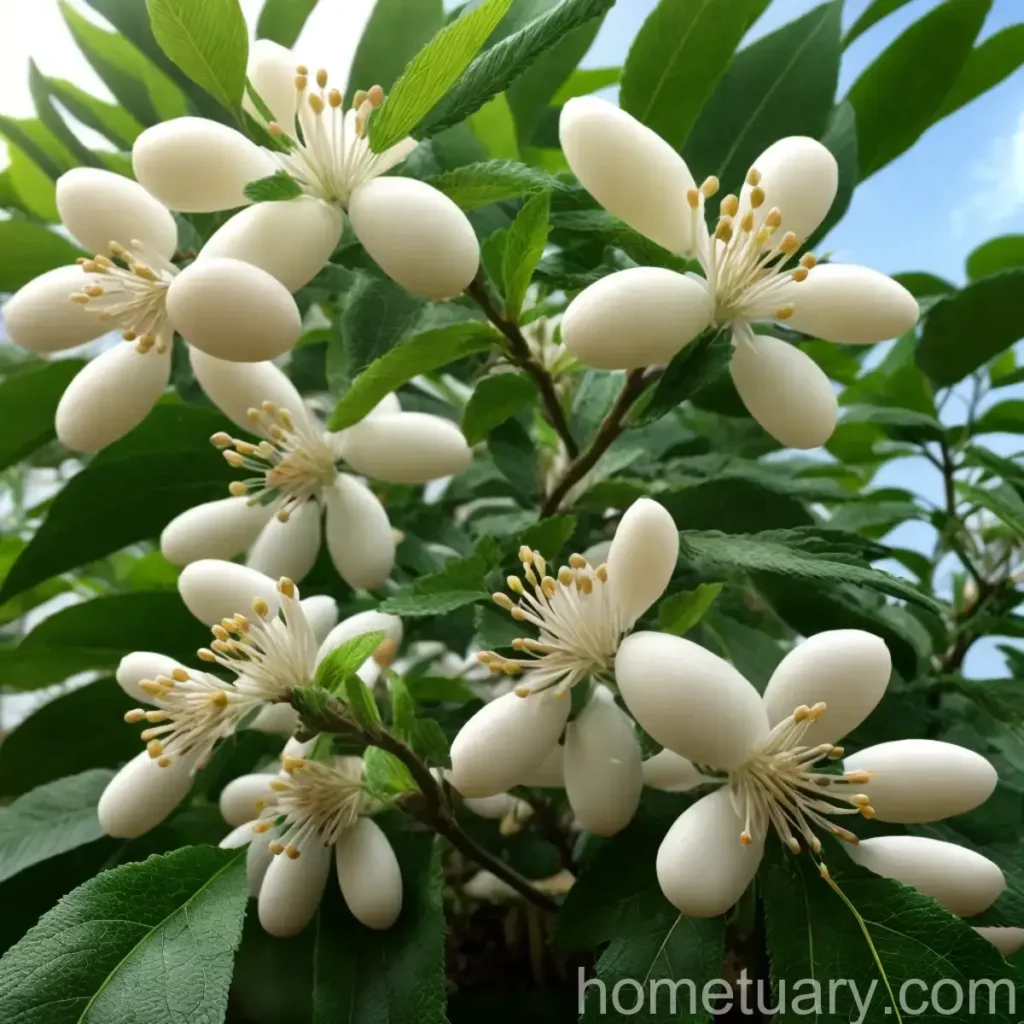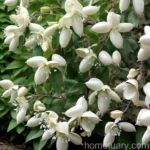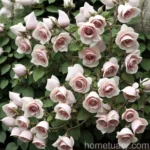Chinese Quinine (Dichroa febrifuga): A Traditional Chinese Medicinal Plant
What is Plant: Chinese Quinine (Dichroa febrifuga)
Chinese Quinine, also known as Dichroa febrifuga, is a traditional Chinese medicinal plant that has been used for centuries in herbal remedies. This plant belongs to the family Hydrangeaceae and is native to the Himalayas, China, and Southeast Asia. Chinese Quinine is known for its medicinal properties, particularly for its fever-reducing and anti-malarial effects. The plant contains various bioactive compounds that have been studied for their potential health benefits.
Key Takeaways – Chinese Quinine (Dichroa febrifuga)
- Traditional Chinese medicine plant
- Rich in bioactive compounds with medicinal properties
- Known for its fever-reducing and anti-malarial effects
- Native to the Himalayas, China, and Southeast Asia
- Used in Chinese herbal remedies for centuries
- Considered as a natural alternative to quinine
Culture
Uses
Chinese Quinine has been traditionally used in Chinese herbal medicine to treat fevers, malaria, and other infectious diseases. The roots and leaves of the plant contain bioactive compounds that are believed to have antipyretic and anti-malarial properties. The plant is also valued for its potential as a natural alternative to quinine, which is commonly used in Western medicine to treat malaria.
Water
Chinese Quinine requires consistently moist soil, especially during the growing season. It is important to water the plant regularly, ensuring that the soil remains damp but not waterlogged. During the dormant season, the watering frequency can be reduced to prevent waterlogging, which can lead to root rot.
Sunlight
Chinese Quinine thrives in partial shade to full shade conditions. It is essential to provide the plant with adequate shade, especially during the hottest part of the day, to prevent leaf scorch and maintain its overall health and vigor.
Fertilizer
Applying a balanced, slow-release fertilizer in the spring can help promote the growth and blooming of Chinese Quinine. A fertilizer with a higher potassium content can also aid in enhancing the plant’s resistance to disease and stress.
Soil
The plant prefers well-draining, acidic to neutral soil. Amending the soil with organic matter, such as compost or peat moss, can improve its texture and drainage, creating an optimal growing environment for Chinese Quinine.
Pruning
Pruning Chinese Quinine should be done in late winter or early spring to remove dead or damaged stems and encourage healthy growth. It is important to use clean, sharp tools to prevent the spread of diseases.
Propagation
Chinese Quinine can be propagated using stem cuttings or seeds. Stem cuttings can be taken in the early summer and rooted in a well-draining potting mix. The seeds should be sown in a seed-starting mix and maintained at a consistent temperature for germination.
Container Popularity
Chinese Quinine is well-suited for container gardening, making it a popular choice for individuals with limited garden space. When grown in containers, it is important to ensure proper drainage and provide a rich potting mix to support the plant’s growth.
Container Common Diseases
When growing Chinese Quinine in containers, it is important to monitor for common diseases such as powdery mildew, leaf spot, and root rot. Providing adequate air circulation and avoiding overwatering can help prevent these issues.
Disease Diagnosis
Diagnosing diseases in Chinese Quinine involves inspecting the plant for symptoms such as discolored spots on the leaves, wilting, or stunted growth. If disease is suspected, it is essential to take appropriate measures to treat the plant and prevent the spread of the disease.
Common Pests
Common pests that may affect Chinese Quinine include aphids, scale insects, and spider mites. Regularly inspecting the plant for signs of pest infestation and using natural predators or insecticidal soap can help manage pest populations.
Botanist’s Tips
- Provide consistent moisture to the soil, especially during the growing season
- Ensure proper drainage to prevent waterlogging and root rot
- Protect the plant from intense sunlight to prevent leaf scorch
- Use organic fertilizers to promote healthy growth and flowering
- Monitor for common diseases and pests, taking proactive measures when necessary
Fun Facts
- The roots and leaves of Chinese Quinine have been used in traditional Chinese medicine for centuries
- The plant is valued for its fever-reducing and anti-malarial properties
- Chinese Quinine is considered a natural alternative to quinine, a common treatment for malaria
Links to External Resources
- Chinese Quinine (Dichroa febrifuga) – Plants for a Future
- Dichroa febrifuga – Missouri Botanical Garden
- Traditional Chinese Medicine – National Center for Complementary and Integrative Health
- Herbal Remedies for Fever – National Institutes of Health
In conclusion, Chinese Quinine (Dichroa febrifuga) holds a significant place in traditional Chinese medicine, offering valuable medicinal properties that have been recognized for generations. With its potential as a natural remedy for fever and malaria, this plant continues to be a subject of interest for herbal medicine enthusiasts and researchers alike. By understanding its cultural significance, practical uses, and cultivation requirements, individuals can appreciate the value of Chinese Quinine in both traditional and modern contexts.















